Virtual Team Toolkit
The rise of remote work has revolutionized how businesses operate but managing it comes with unique challenges. To thrive in this new era, organizations must harness the right technologies to maintain productivity, ensure seamless collaboration, and foster a strong remote work culture. Here, we explore the essential categories of tools that facilitate successful virtual team management.
Communication Tools
Instant Messaging & Video Conferencing platforms like Slack, Microsoft Teams, Google Meet, and Zoom make real-time communication possible. These tools enable team members to ask questions, share updates, maintain a continuous flow of information, and have face-to-face meetings. They even have integrations or built-in features to work collaboratively on files and projects.
Collaboration Tools
Cloud-based productivity suites like Google Workspace, Microsoft 365, and Zoho Workplace allow multiple users to edit and view documents, presentations and spreadsheets simultaneously, These tools foster teamwork and ensure everyone is on the same page. They go hand-in-hand with secure and accessible file management, sharing and storage platforms such as Dropbox, Google Drive, and Microsoft Onedrive.
Project Management Tools
Platforms like Airtable, Asana, ClickUp, Monday.com, and Trello serve as central hubs for task assignments, progress tracking, and deadline management. They enhance visibility into who is responsible for what tasks and ensure accountability among team members. They are effective in planning and organizing tasks, managing workflows, and keeping everyone aligned on project goals.
Time Tracking Tools
Tools like Toggl and Clockify allow members to log their worked hours easily. They then help managers gain insights into how much time is spent on which tasks, identify potential bottlenecks, and ensure project deadlines are met.
Cybersecurity Tools
With remote work comes the need for robust measures to access the internet and company resources securely and privately. One measure is using Virtual Private Networks (VPNs) like NordLayer to encrypt internet traffic, ensuring secure communication between company servers and virtual staff, especially when working from public Wi-Fi networks. Another measure is implementing Multi-Factor Authentication (MFA) such as Google Authenticator or Microsoft Authenticator to add an extra layer of security to staff accounts, protecting sensitive company data from unauthorized access.
Systems: Engage
Managing virtual teams effectively requires strategic implementation of the right tools and technologies that support communication, collaboration, productivity, and security. By leveraging these tools, organizations can ensure their remote teams remain connected, engaged, and productive. As the landscape of remote work continues to evolve, staying updated with the latest tools and best practices will be key to success.
Partnering with Nitro Impact not only ensures the best virtual staff. You are also assured that our people can work with your preferred tools or we can recommend technologies that suit your business needs.

